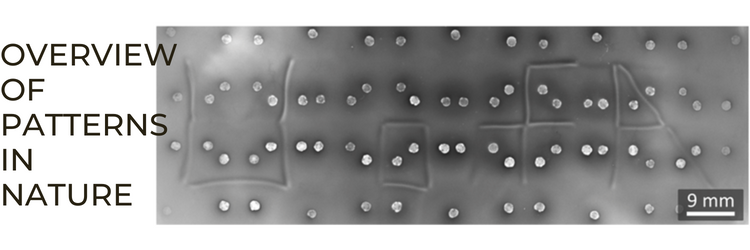Fascinating Overview of Patterns in Nature and What They Inspire
From pineapples to pinecones and ammonites to nautilus, nature is full of patterns. One important category involves tiling patterns characterized by tiles and interfaces – such as a giraffe’s coloring.
Tiling patterns are functionally important. A fly’s wings have tiles and interfaces. Veins, which provide stability and contain nerves, are interfaces that break up a wing into smaller tiles. The human retina also contains cells arranged like a mosaic of tiles to process what’s in our field of view.
A new University of Arizona study uses bacteria to understand how tiles and interfaces occur. The findings support how complex, multicellular life might have evolved on Earth and how biological sources can create new biomaterials.
The paper, published in Nature, sheds light on mechanical pattern formation. Researchers used bacteria to model how tiling patterns can arise through mechanical interactions. They developed adhesive, or sticky, molecules that they placed on the surface of bacterial cells, allowing different cell types to stick together selectively. They then put the cells in a petri dish. The bacteria started growing toward each other, and an interface was either formed or not, depending on whether their surface adhesion molecules were complementary.
Scientists could create patterned biomaterials with desired properties. Only four adhesions are required to develop virtually all possible tiling patterns also provides new perspectives on how complex multicellular life might have evolved on Earth from single-celled life.

